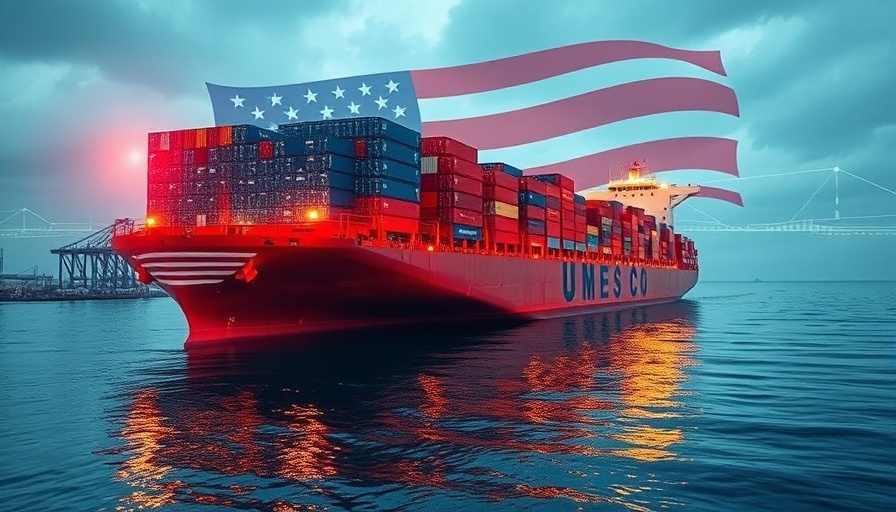
Key Agreement Ensures Stability for U.S. Ports
The recent six-year contract between the International Longshoremen’s Association (ILA) and the United States Maritime Alliance (USMX) heralds a new era of stability for operations at East and Gulf Coast ports. This agreement, finalized right before a critical deadline on January 15, 2025, avoids a potential supply chain crisis and underscores the importance of maintaining functionality in a sector crucial to the U.S. economy.
Understanding the Context: Why This Agreement Matters
The path to this agreement was fraught with tension, including a brief strike in October that temporarily interrupted port operations. The resolution highlights the critical need for ongoing negotiations in labor sectors integral to trade and supply chains. With the U.S. handling nearly half of its imports through these ports, the implications of such agreements extend beyond labor—they influence the entire supply chain, affecting consumers and businesses alike.
Balancing Act: Job Security Meets Modernization
One of the standout features of the newly reached contract is its dual promise of preserving current jobs while modernizing port operations. The parties involved have agreed on a framework that not only safeguards the employment of approximately 45,000 longshoremen but also allows for integrating new technologies to increase operational efficiency. Such a strategy aims to better prepare ports to meet increasing demands while ensuring job security.
The Impact of Automation in Port Operations
Automation has long been a contentious issue within labor negotiations. Critics argue that while automation can improve operational efficiency and cut costs, it often comes at the expense of jobs. The new contract seeks to strike a balance, emphasizing that job creation through new technologies can coincide with efficiency gains. This decision may set a precedent for how labor and management can collaboratively address the challenges posed by technological advancements.
Political Implications and Future Prospects
The timing of this agreement coincides with significant political shifts, as President-elect Donald Trump is known for his opposition to excess automation. His administration’s attitude toward labor issues could influence future negotiations and operational strategies at ports. The continuity of the contract during this transitional period is vital, as it mitigates the risk of disruptions that can arise from political uncertainties and helps rebuild confidence within the international trade community.
The Road Ahead: Predicting Future Trends
The ratification of this agreement by ILA members and USMX stakeholders will be a pivotal next step. Its successful execution could pave the way for similar contracts in other sectors facing technological pressures. Industry stakeholders, including the National Retail Federation, expect ongoing growth in container imports and trade activities, driven by fears of disruptions. This anticipated growth underlines the necessity of such solid agreements as a backbone for a resilient supply chain.
As we move forward into a new era of port operations, it becomes increasingly clear that collaborative solutions will be essential. The assurance of stability brought by the recent contract is a significant victory for both the labor force and the broader economy.
For those involved in import and export activities, understanding the nuances of labor relations and their effects on supply chain operations is crucial. Regular updates and engagement with industry news can provide insights to navigate these changing dynamics effectively. Stay informed and prepared to adapt to ongoing developments in port operations.
 Add Row
Add Row  Add
Add 




 Add Row
Add Row  Add
Add 

Write A Comment